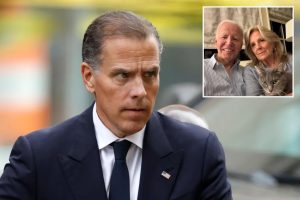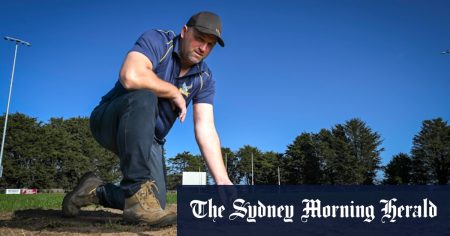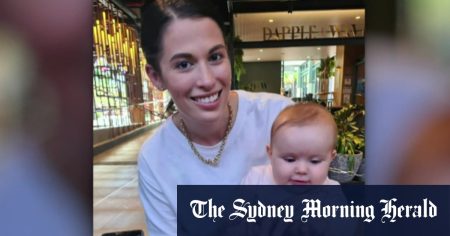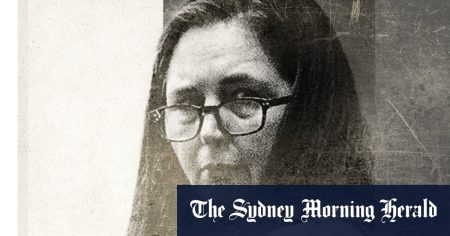Warwick Kerridge, a figure with a checkered past in Australian legal and financial circles, presented himself as a distinguished advisor with a career spanning decades and billions of dollars in transactions. However, his appointment as chairman of several US companies masked a history of fraud, bankruptcy, and association with alleged con artists. His resume, presented to the US Securities and Exchange Commission (SEC), omitted crucial details, including his disbarment as a solicitor for defrauding a client and a prison sentence for providing financial advice to a criminal organization involved in a multi-million dollar duty-free fraud. Kerridge’s history also included two bankruptcies, one extended due to his failure to disclose earnings.
Kerridge’s association with Tim Alford, an alleged serial swindler, raises questions about his judgment and motives. Alford is accused of manipulating stock markets, defrauding investors, forging documents, and embezzling funds. Kerridge’s involvement with Alford appears to have begun after his release from jail and during his second bankruptcy. He concealed his past from his then-girlfriend, presenting himself as a successful corporate lawyer, while simultaneously forging her signature to access funds and engaging in further financial misconduct.
Among Kerridge’s dubious dealings was his interaction with Nicola Ciconte, a Calabrian mafia boss and international drug trafficker. Kerridge claimed to have lent Ciconte a substantial sum of money, a claim that raises eyebrows given the latter’s involvement in organized crime. The financial web spun by Kerridge involved forged signatures, undisclosed loans, and misappropriation of funds, ultimately leading to the repossession of his girlfriend’s house. This pattern of deception and financial manipulation underscores the extent of Kerridge’s alleged criminal activities.
Kerridge’s connection to Alford also involved Mehmet “Michael” Erdogan, another former bankrupt and close associate of Alford. Together, Kerridge and Erdogan operated under the guise of “JP Morgan Pacific Nominee,” misleadingly using letterhead and email addresses similar to the renowned investment bank. This deceptive practice drew the ire of the real JP Morgan, leading to a cease and desist letter and a report to the Australian Securities and Investments Commission (ASIC). The trio – Kerridge, Alford, and Erdogan – allegedly employed tactics to delay and divert debtors, further complicating the web of financial deceit.
Alford’s alleged scams involved enticing investors with promises of lucrative stock market listings that never materialized. He would then offer to convert their investments into shares of another soon-to-be-listed company, perpetuating the cycle of fraud. When investors demanded their money back, Erdogan was often deployed to deflect and delay, employing intimidation tactics in some cases. The network of individuals surrounding Alford shared a common characteristic: a history of bankruptcy, creating an environment conducive to financial manipulation and disregard for legal consequences.
The narrative surrounding Alford and his associates is replete with allegations of fraud, threats, and dubious dealings. From a Florida businessman seeking repayment of a substantial loan to a London stock trader defrauded of a significant investment, the alleged victims of Alford’s schemes span continents. The involvement of figures like Ron Medich, a property developer later jailed for murder, and Sean Lander, a convicted fraudster, further underscores the murky world inhabited by Alford and his associates. Kerridge’s claim of being a victim of Alford and Erdogan, despite his extensive involvement in their activities, strains credulity and raises questions about his ongoing role in the financial world.










